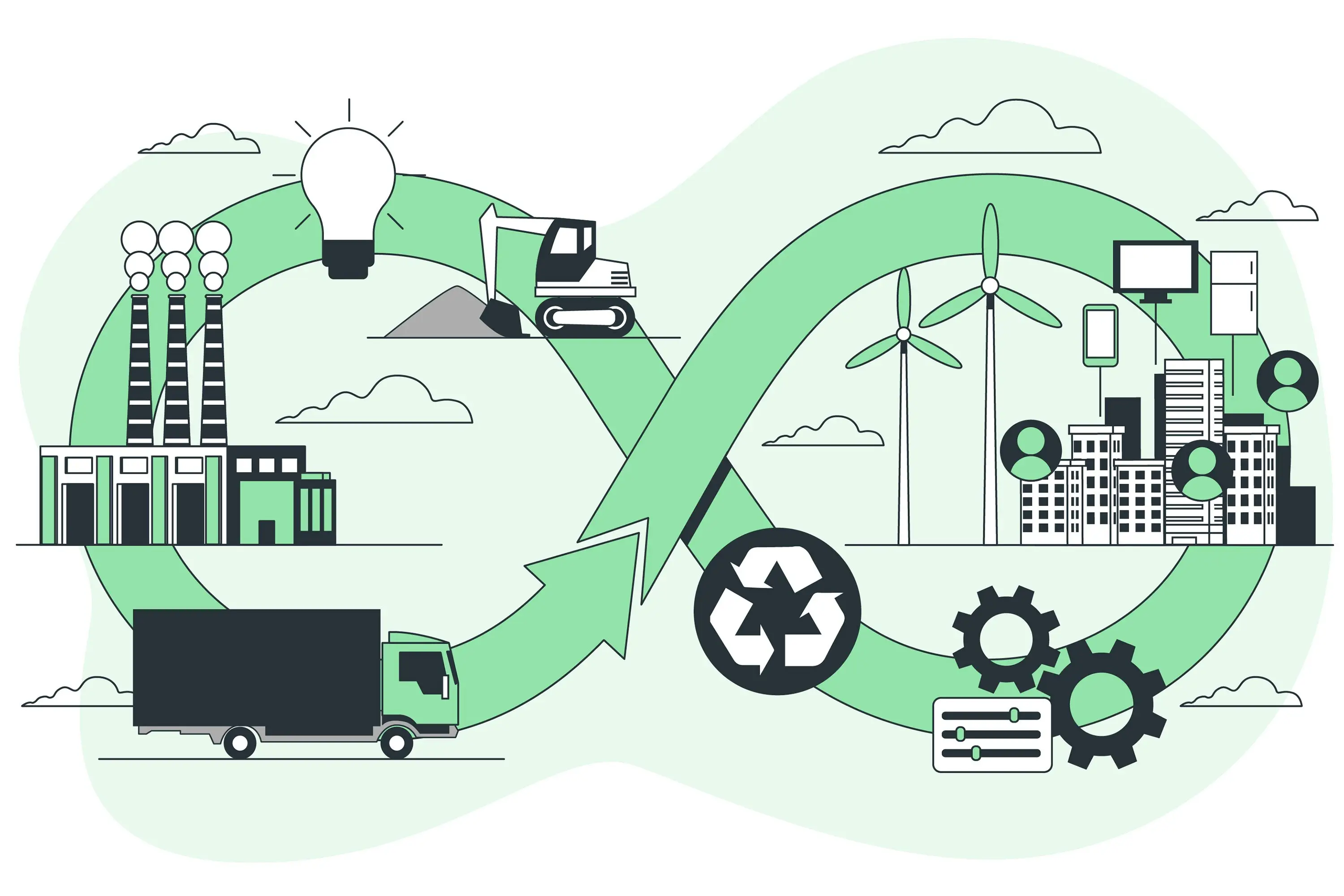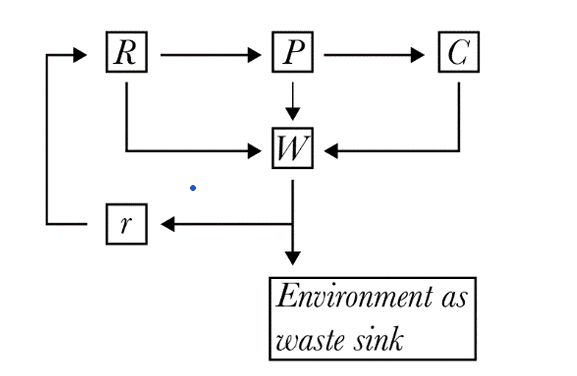
A sustainable forward path through the circular Economy
- [printfriendly]
Conceptual Foundations: The concept of a circular economy stands as a stark contrast to the traditional linear economy, which follows a 'take-make-dispose' model, leading to resource depletion and environmental degradation. In a circular economy, resources are kept in use for as long as possible, with their value maximized through recycling, refurbishing, and reusing. The core principles of a circular economy revolve around designing out waste and pollution, keeping products and materials in use, and regenerating natural systems.
When, Where, and How: The idea of a circular economy has gained significant traction in recent years, spurred by growing concerns over climate change, resource scarcity, and environmental degradation. Countries, businesses, and communities worldwide are embracing the principles of circularity to transition towards more sustainable practices. Initiatives range from redesigning products for longevity and recyclability to implementing innovative waste management systems and fostering circular business models.
Several key milestones have marked the global adoption of circular economy principles. The European Union, for instance, has been at the forefront, with its Circular Economy Action Plan setting ambitious targets for resource efficiency and waste reduction. Similarly, other regions, including North America and Asia, have taken significant strides towards embracing circularity.
The transition to a circular economy requires collaboration across various sectors, including government, industry, academia, and civil society. It involves rethinking traditional production and consumption patterns, investing in research and innovation, and implementing supportive policies and regulations.
Diagrammatic depiction of the Circular economy:

Note : R=Resources: P=Production: C= Consumption; W=wastes; r = recycling process
Description: A circular economy diagram typically illustrates the continuous flow of resources through various stages, including production, consumption, and disposal. It highlights processes such as recycling, remanufacturing, and refurbishing, showcasing the closed-loop nature of the system.
UAE Circular Economy: In the United Arab Emirates (UAE), the transition to a circular economy is gaining momentum as part of the country's broader sustainability agenda. Recognizing the importance of reducing its environmental footprint and diversifying its economy, the UAE has launched several initiatives to promote circular practices.
One notable example is the UAE Vision 2021, which includes targets for waste diversion, resource efficiency, and sustainable consumption. The government has also introduced policies to encourage recycling and waste management, such as the National Environment Strategy 2015-2021 and the UAE Waste Management Plan 2018-2030.
Furthermore, the UAE is investing in innovation and technology to drive circularity across various industries, including construction, manufacturing, and transportation. Initiatives like the Dubai Industrial Strategy 2030 and the Abu Dhabi Economic Vision 2030 prioritize sustainable development and circular business models.
Moreover, the UAE is actively fostering collaboration between public and private sectors, as well as engaging with international partners, to exchange knowledge and best practices in circular economy implementation.
In conclusion, the shift towards a circular economy presents a viable pathway towards achieving sustainable development and mitigating the adverse impacts of climate change and resource depletion. By embracing circularity, the UAE and countries worldwide can unlock new economic opportunities, enhance resource efficiency, and safeguard the planet for future generations.
As the world continues to grapple with pressing environmental challenges, the transition to a circular economy offers a promising solution to build a more resilient and sustainable future.



